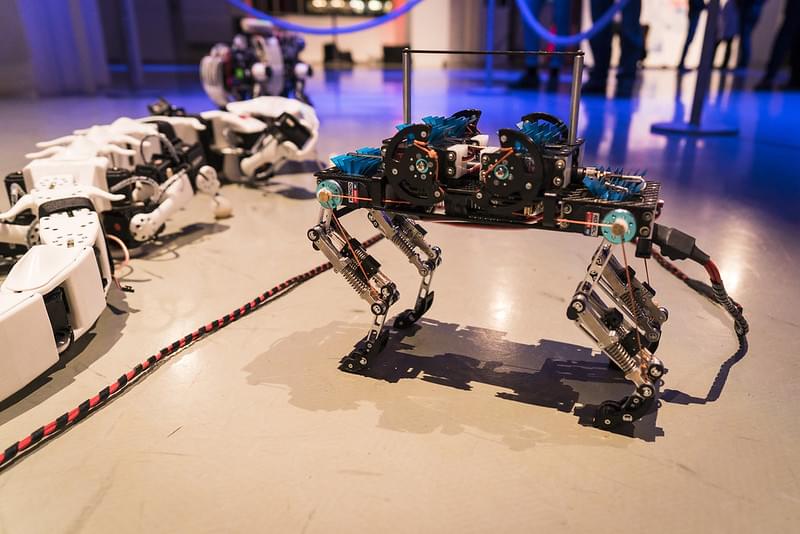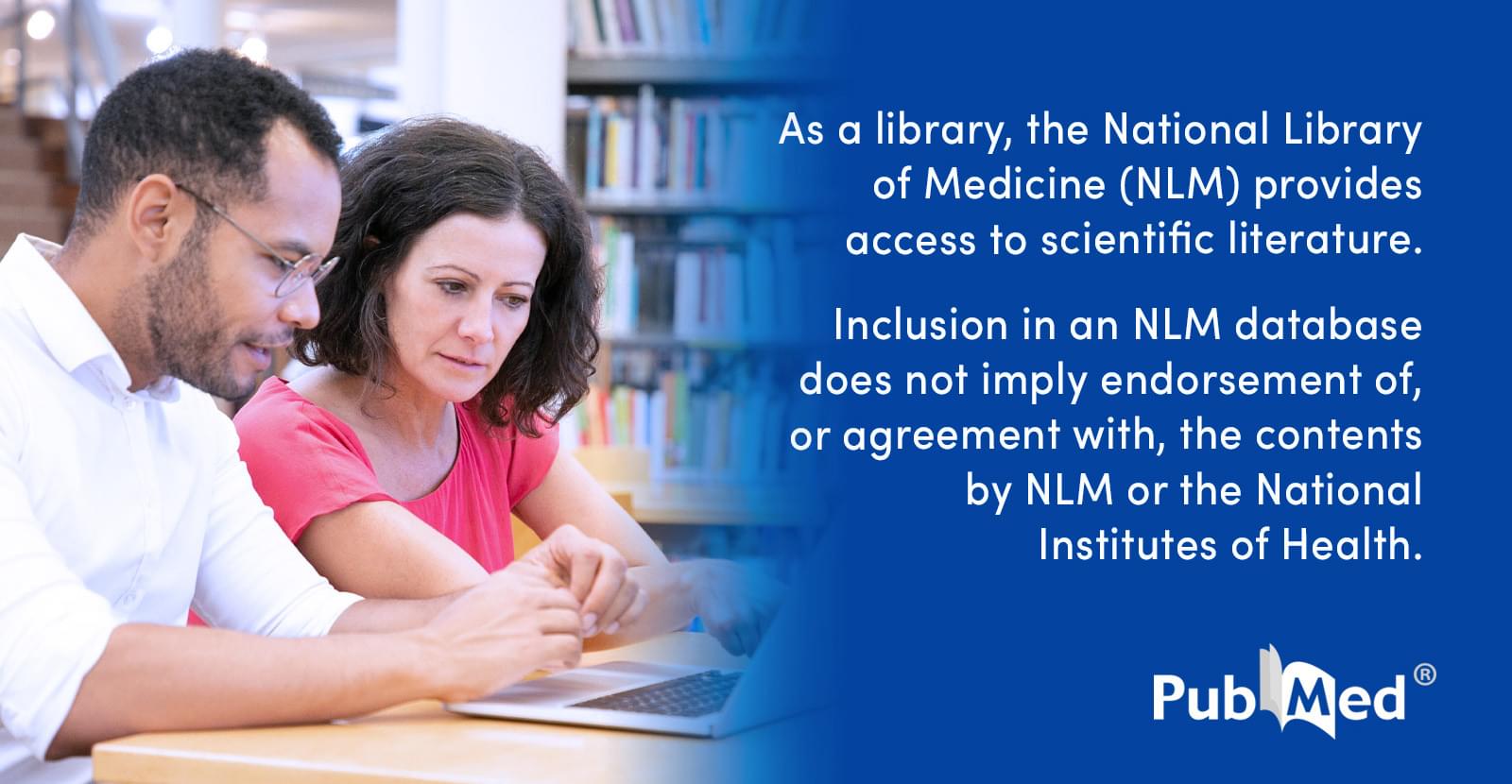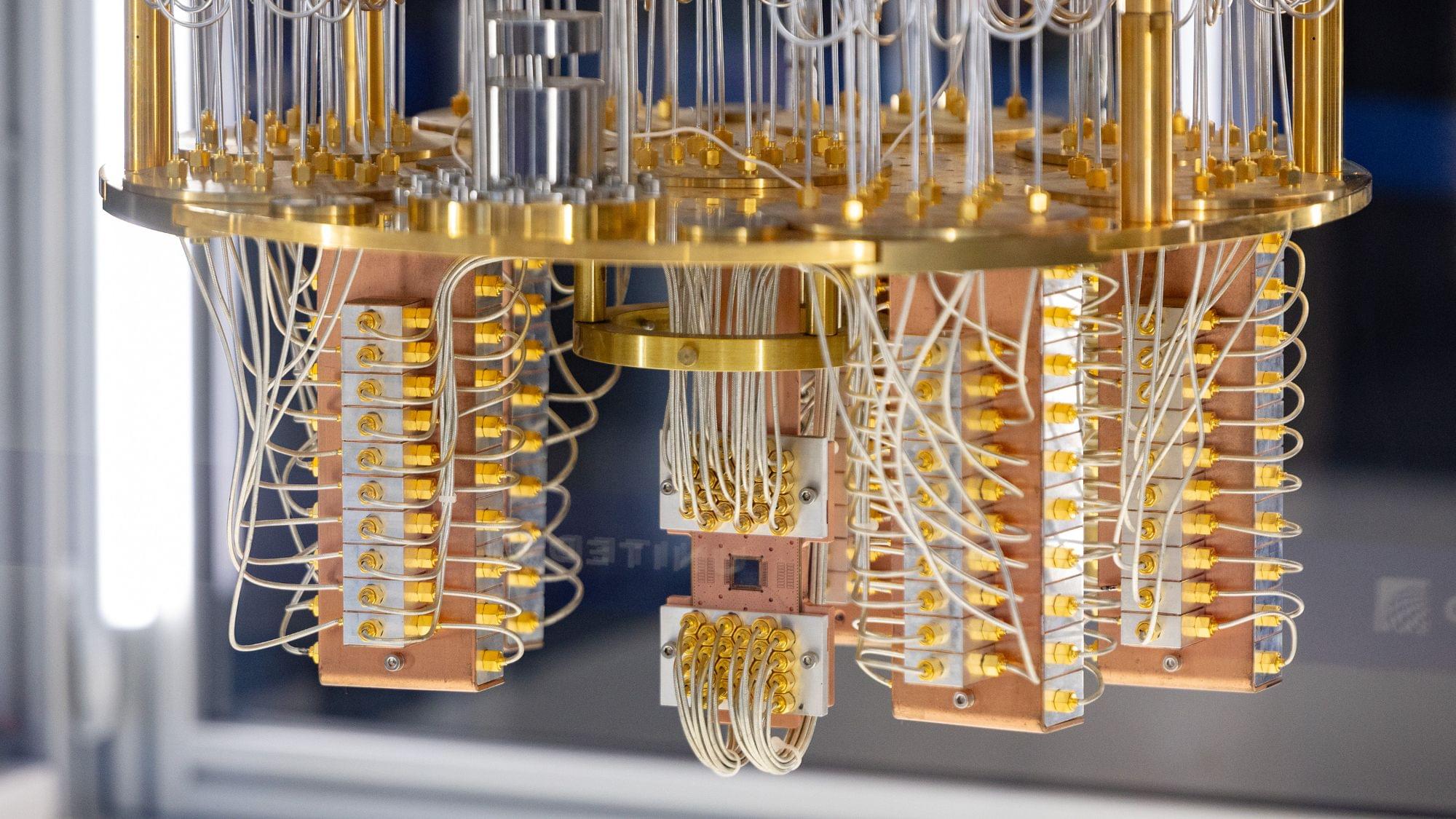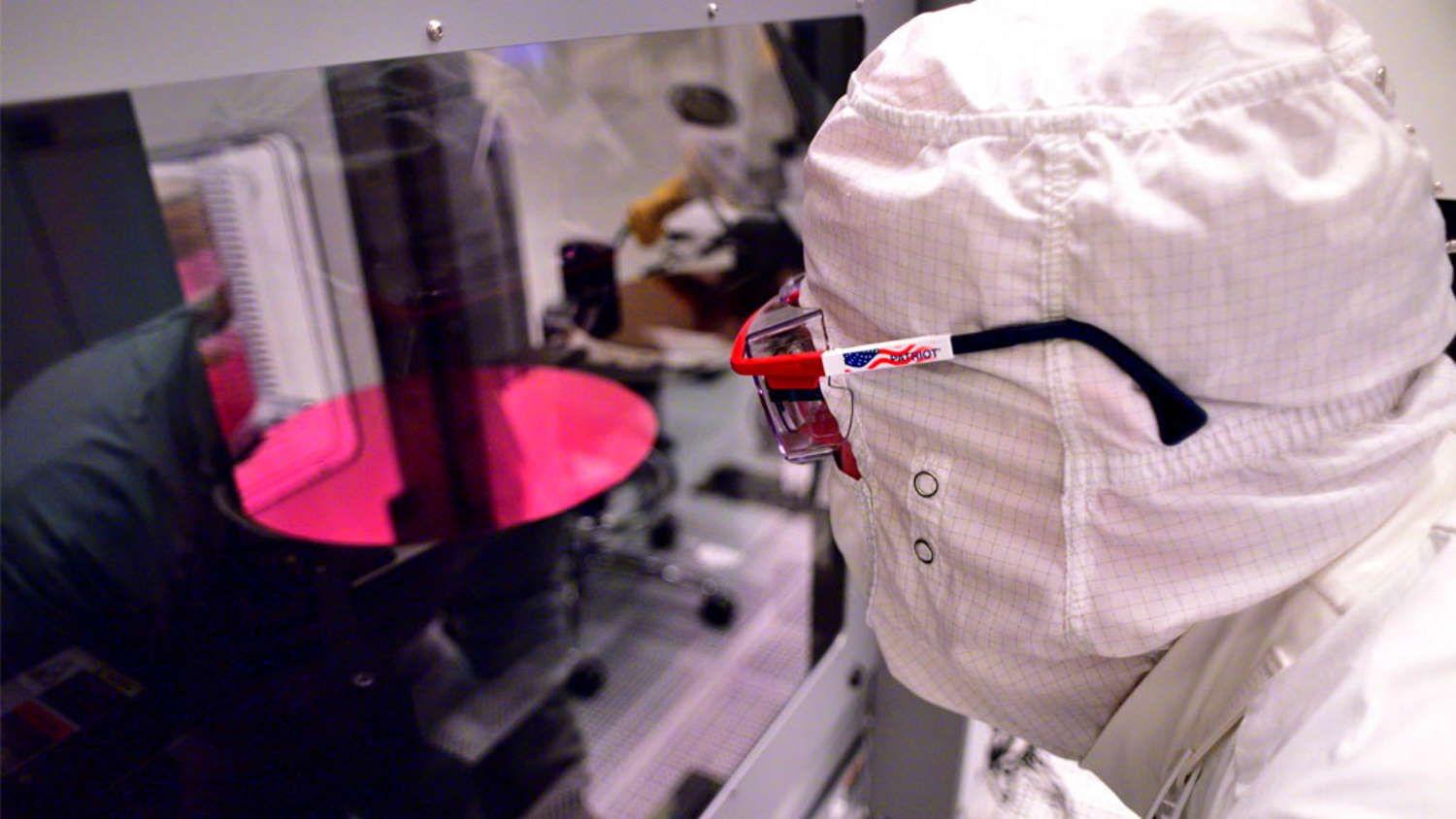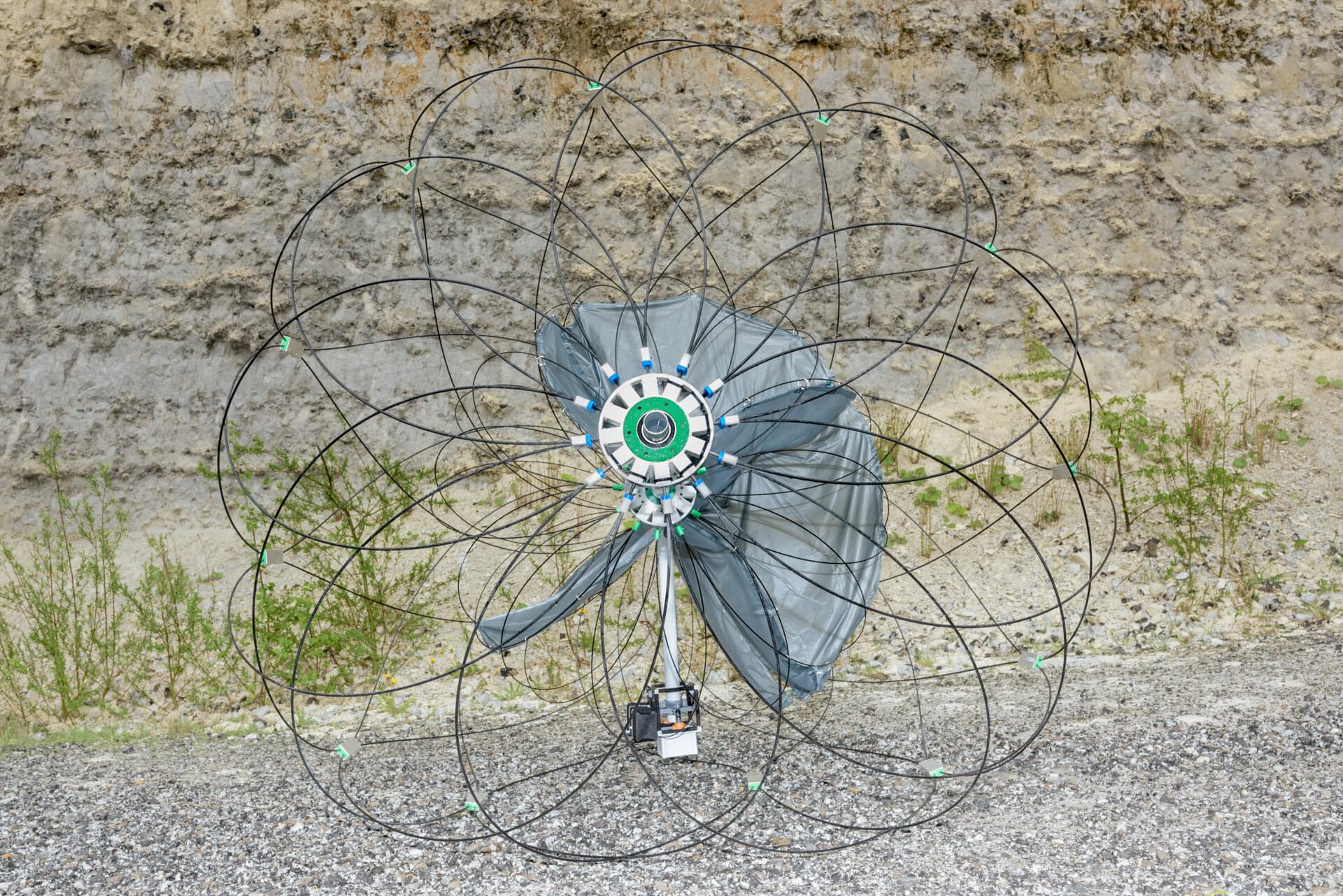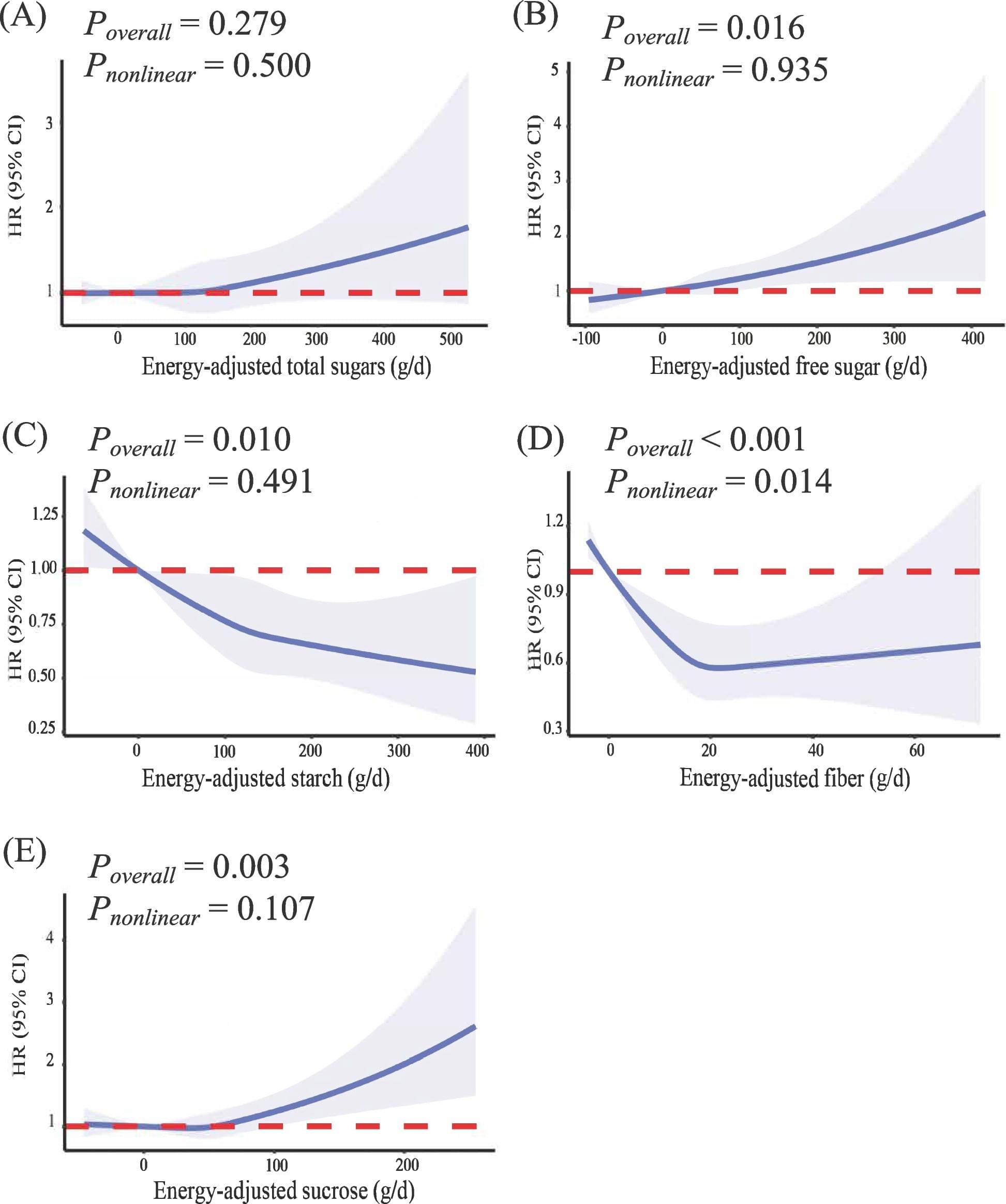Research on the association between carbohydrate intake and psoriasis risk is limited. We aimed to examine the associations of carbohydrate and its different subtypes with psoriasis risk, as well as the interaction between genetic predisposition and carbohydrate intake.
We performed a prospective cohort study based on UK Biobank that included 210,474 participants who did not have psoriasis at baseline. A 24-hour dietary assessment tool was used to assess detailed dietary intake information. Incident psoriasis events were identified through hospitalization records. The association between carbohydrate intake and psoriasis was examined by Cox proportional hazard regression models. Multiplicative interaction between genetic risk and carbohydrate intake was assessed by incorporating a cross-product term in the model.
A total of 1907 incident psoriasis events were recorded during the follow-up period (median: 13.25 years). Compared to the lowest intake quartile (Q1), the highest intake quartile (Q4) of total sugars
FDR-P
trend = 0.116], free sugars [1.22 (1.07–1.38), 0.021], and sucrose [1.14 (1.01–1.30), 0.058] was associated with an increased psoriasis risk. In contrast, the highest intake of starch [0.86 (0.76–0.98), 0.049] and fiber [0.84 (0.74–0.96), 0.021] showed an inverse association with psoriasis risk. However, there was no statistically significant
interaction between carbohydrate intake and genetic risk.
